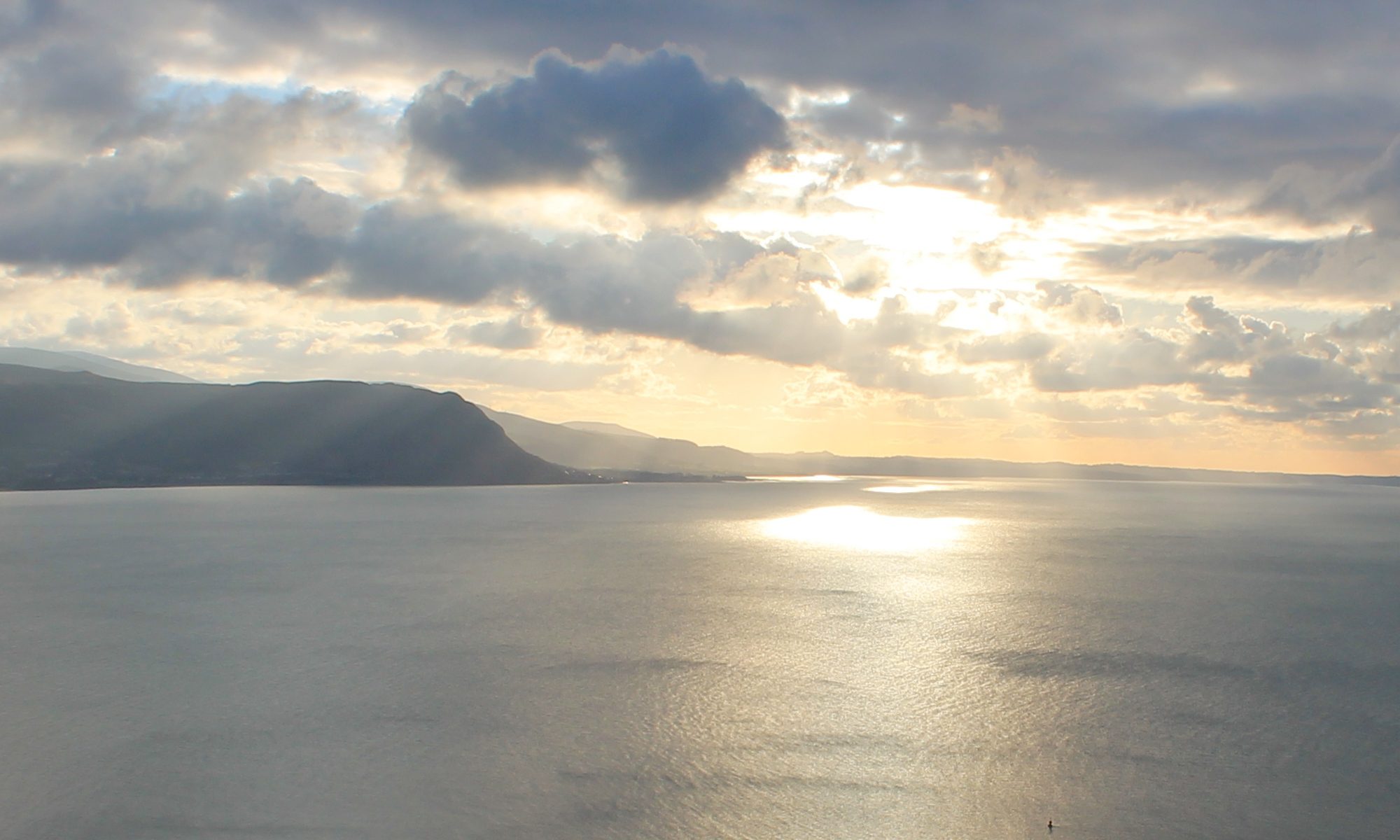Marine Spatial Planning Directive (2014/89/EC)
In July 2014 the Maritime Spatial Planning Directive (2014/89/EU) was published by the European Parliament and of the Council establishing a framework for Maritime Spatial Planning (MSP). The Maritime Spatial Planning Directive (MSPD) is an essential component of the EU’S Integrated Maritime Policy, aiming to plan and manage human activity within the marine environment in a sustainable and transparent manner. The marine environment is becoming increasingly utilised for renewable energy, aggregate extraction, gas and oil exploitation, fishing, shipping, leisure and tourism. Growth in maritime activities highlights the need for effective planning and management of the marine environment to increase co-ordination, prevent potential conflict and to protect the natural environment. Maritime Spatial Planning supports and facilitates the implementation of the Europe 2020 Strategy for smart, sustainable and inclusive growth. Member States must draw up their National Maritime Spatial Plans by 2021. The MSPD highlights the following points:
- Promote sustainable growth of maritime economies and sustainable development of marine areas.
- Member States must implement Maritime Spatial Planning (MSP) through plan making, taking into account land-sea and trans-boundary interactions.
- Member States must adopt an ecosystem-based approach whilst considering economic, social and environmental factors within the marine environment.
- Plan making should identify current and future uses of the marine environment including aquaculture, fishing, maritime transport, nature conservation, scientific research, tourism, cultural heritage, military and installations or infrastructures for the exploitation, exploration and extraction of gas, oil, minerals, aggregates and energy resources.
- Member States must involve public participation (transparency) within the plan making process.
- Member States should promote data use and sharing of information within the plan making process to promote co-ordination.
- Maritime Spatial Plans must be coherent and co-ordinated across trans-boundary marine areas.
- All Member States must submit Maritime Spatial Plans and explanatory material of its implementation to the Commission.
For more information about the MSPD follow the link here.
Marine Strategy Framework Directive (2008/89/EC)
The Maritime Spatial Planning Directive (2014/89/EC) coincides with the Marine Strategy Framework Directive (2008/56/EC), to plan and manage maritime activity so that they are kept within compatible levels to achieve “Good Environmental Status” by 2020. The Marine Strategy Framework Directive (MSFD) was adopted by the European Union in July 2008, forming an environmental pillar for the EU’s integrated Maritime Policy. The directive provides a framework for an ecosystem-based approach to the management of human activities to promote sustainable use of marine goods and services. The MSFD highlights the following points:
- Member States must take the necessary measures to achieve “Good Environmental Status” (GES) within the marine environment by 2020. This includes ecologically diverse and dynamic oceans and seas which are clean, healthy and productive.
- An ecosystem-based approach must be adopted towards management of human activities to maintain compatible levels.
- Marine strategies must be coherent and co-ordinated across shared marine space amongst multiple jurisdictions.
- Member States should adopt existing regional institutional structures such as those under the Regional Sea Conventions to achieve co-ordination and coherence.
- Member States must assess their waters, analysing the chemical and physical features whilst taking into account the impacts and pressures imposed by human activity.
- Assessments, targets and monitoring programmes must be implemented by Member States to determine the environmental status of their waters. Public participation and accessibility to documentation is strongly encouraged.
For more information about the MSFD follow the link here.

